University of Wisconsin-Superior issued the following announcement on April 28.
The ice has melted in the Duluth-Superior Harbor and shipping season has begun, but it wasn’t long ago that UW-Superior Professor Andy Breckenridge and a group of environmental science students in his geomorphology class were out drilling holes in the ice, collecting sediment core samples.
The group has been studying the sediment samples to understand the geologic history behind Minnesota and Wisconsin Points – a research project in partnership with UW-Eau Claire Professor of Geography and Anthropology, Harry Jol, and his students. The Eau Claire group has been taking Ground Penetrating Radar (GPR) images of Minnesota and Wisconsin Point sediment to document the physical form of the ground structure and how it has changed over time.
“It makes sense for us to work together,” said Breckenridge. “I’m an expert on sediment cores and lakes and Harry is an expert on GPR and coastal systems. Our research complements each other’s very well.”
The research provides insight into the history of the Minnesota-Wisconsin barrier bar and its formation and also the dynamic nature of the landforms.
“Minnesota and Wisconsin Points are actually one of the youngest features in the Twin Ports area – about 1,000 years old,” said Breckenridge. “Our research findings can help understand the impacts of how we interact with these landforms and the effects of infrastructure that has been built on it.”
A group of Minnesota Park Point residents showed great interest in the group’s research, opening up Lafayette Park for them, bringing coffee and cookies and even inviting them in for lunch to learn more about the project.
To extract samples, Breckenridge and his students drilled holes in the ice to push a long barrel into the sediment and extract a one-meter tube. The group then took the samples to the University of Minnesota Continental Scientific Drilling (CSD) Facility in Minneapolis to be analyzed. Students spent a day at the lab splitting open the sediment cores to log data, take images and make preparations to get radiocarbon dates this summer to determine its age. Half of the samples were then archived in refrigerated storage at the CSD facility and half were brought back to UW-Superior for further research.
Chelsea Sobtzak, UWS environmental science major said, “The hands-on opportunities I have gotten in Dr. Breckenridge’s geomorphology class have been beneficial in learning more about field work and research techniques. The most interesting part to me is the reason behind why we took the cores. The cores are going to be radiocarbon dated this summer. It will be the first time the harbor will have an estimated date on when the Wisconsin and Minnesota Points formed, which also backs up Dr.Breckenridge’s and Dr. Jols hypothesis about how the Points were formed.”
Original source can be found here.
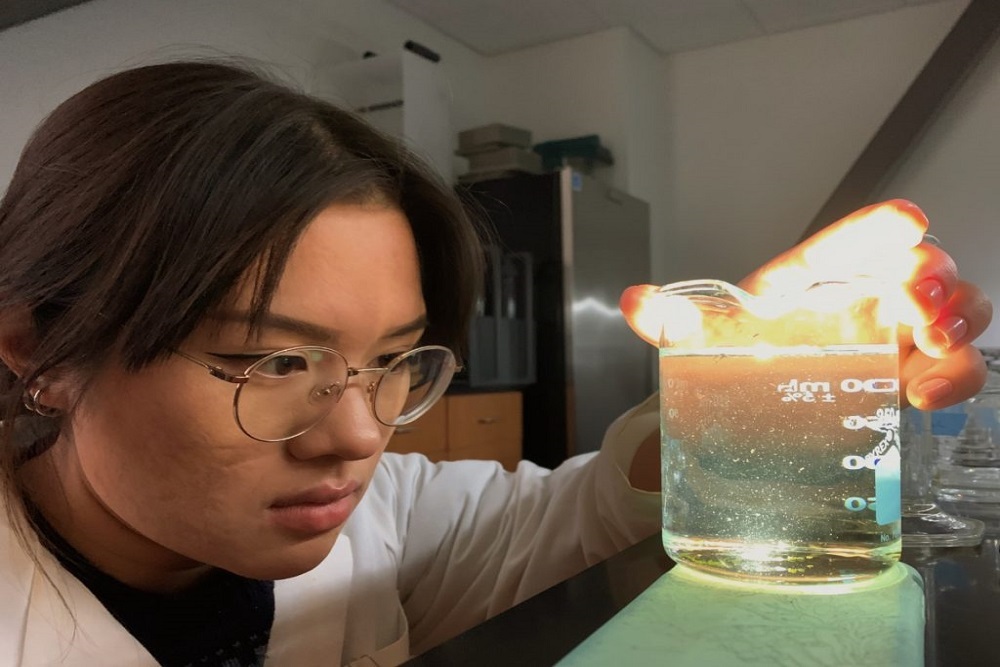
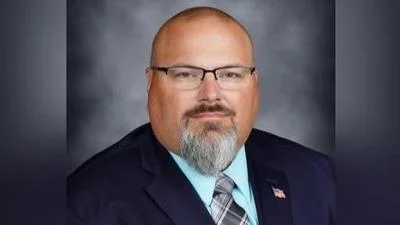
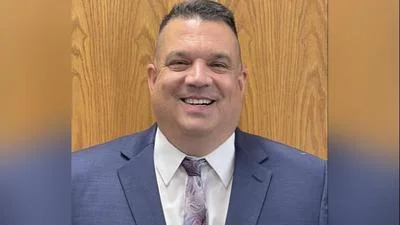
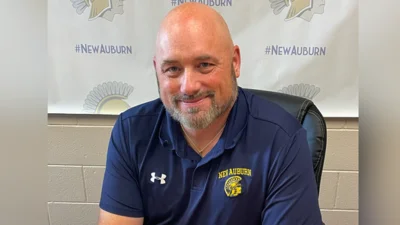
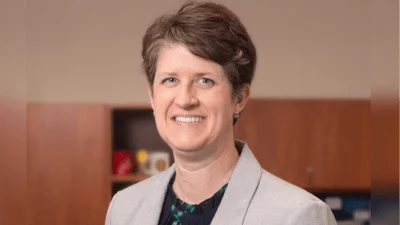
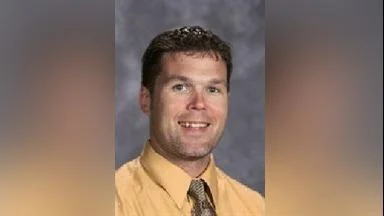
 Alerts Sign-up
Alerts Sign-up